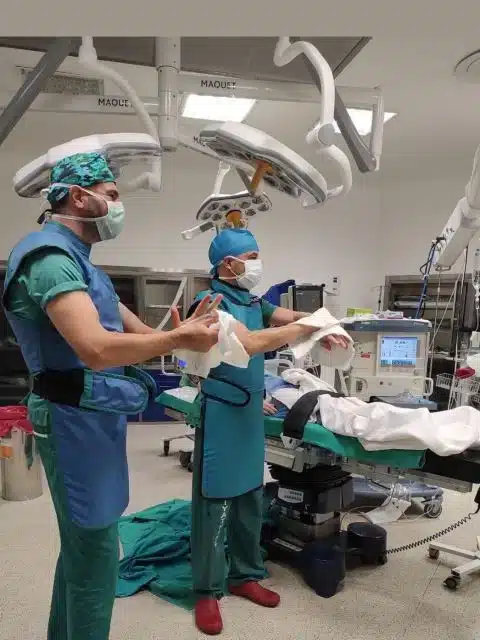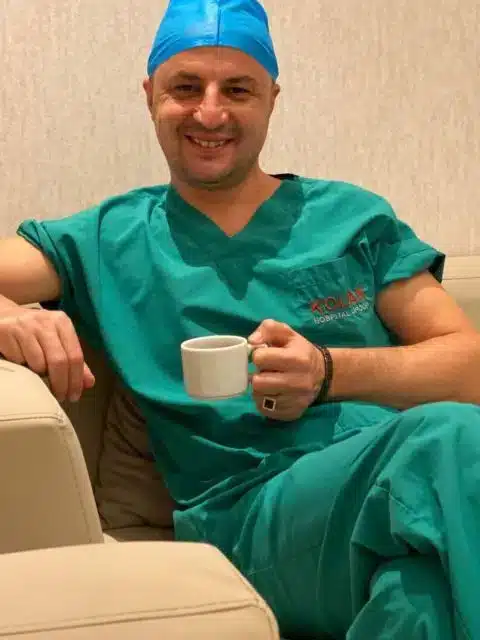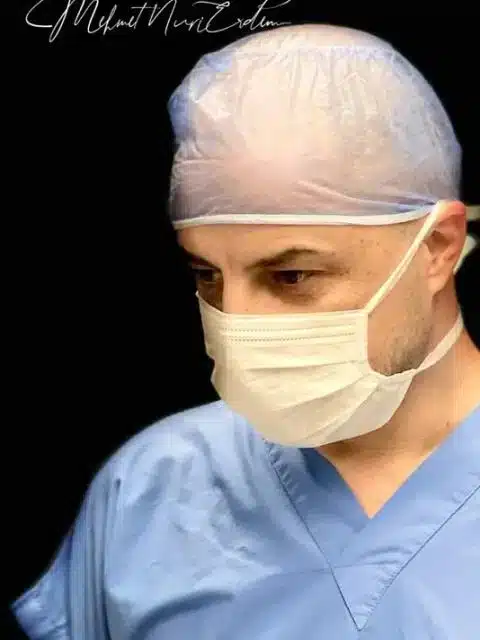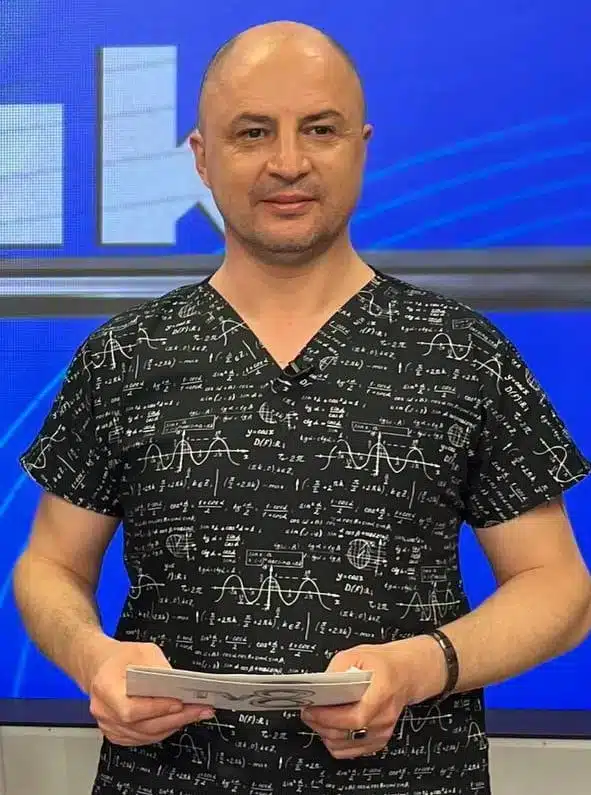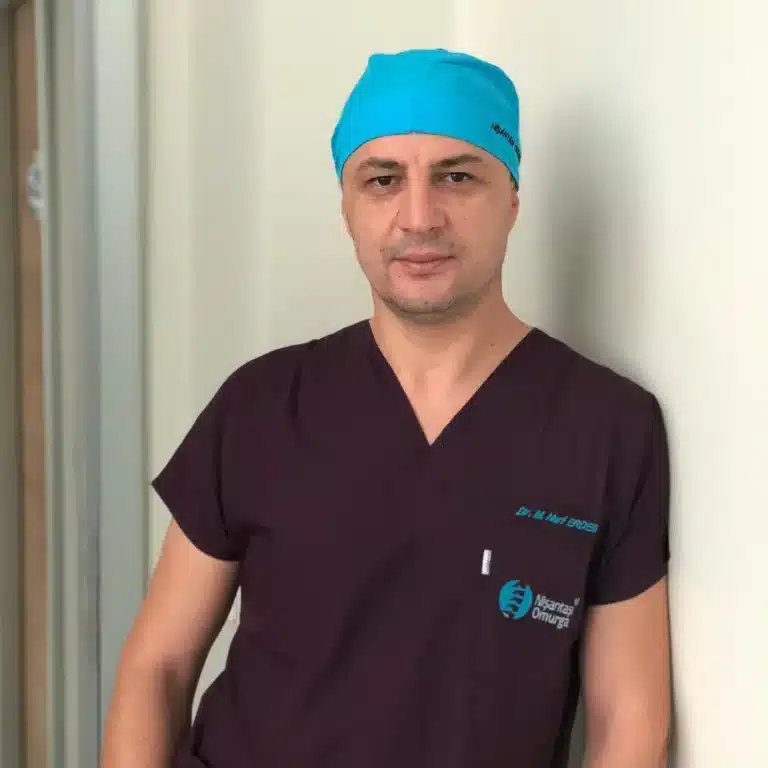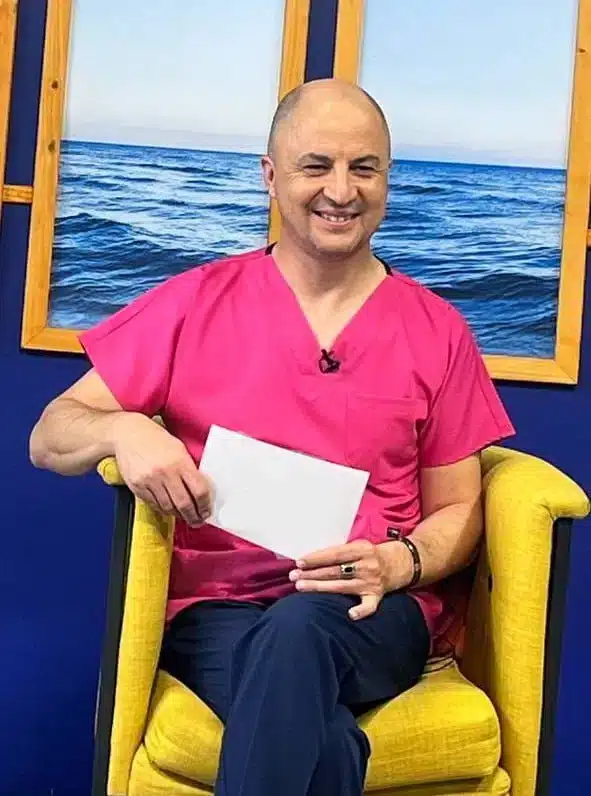PRP (Platelet Rich Plasma) means platelet-rich plasma. This plasma is obtained from the person’s own blood. Stem cells are also obtained from the person himself. Stem cells have the potential to transform into all sort of cells, thereby helping repair and healing in damaged tissue.
What is Plasma?
The liquid part of the blood that remains after the cells extricated is called plasma. The transport of nutrients, minerals, vitamins and many substances they need to the cells in the body is via plasma.
What is Platelet?
There are basically three types of cells in the blood. The first is erythrocytes, also known as red blood cells, which give the blood its red color and enable oxygen to be transported to the tissues. Leukocytes (white blood cells) are responsible for the body’s immune system and defense. And the task of platelets is to stop bleeding and start healing by initiating coagulation when vascular integrity is impaired for some reason. There are many factors that provide healing and growth in platelets. Thanks to these factors, they ensure wound healing.
What is PRP?
PRP is the separated form of platelet-rich plasma in a person’s blood. For this purpose, a sufficient amount of blood is taken first. When this blood is centrifuged twice at a certain speed and time, the other cells will subside in the tube, while the platelets will remain in the plasma. The light yellow liquid that remains after this residue is separated is called PRP. This plasma, which is rich in platelets, growth and healing factors, can be used for healing purposes in many parts of the body according to need.
For What is PRP Used in Knee Arthritis?
Calcification is not a condition that only affects the cartilage in a joint. All structures that make up the joint, namely bone, cartilage, capsule, ligaments, tendons, muscles are all damaged by the calcification process and their functions are impaired. Intra-articular PRP has a healing effect on all these tissues. The main purpose is to reduce and stop cartilage wear, to provide healing along with the surrounding tissues and thus to reduce pain.
Is it a Must to Apply PRP into the Joint?
PRP can be applied to any point where healing is desired. The aim here is to intensively instill growth and healing factors that circulate in the blood but cannot reach the damaged area. In many diseases such as calcification, the circulation of the area is disturbed and enough blood can no longer get through, so the platelets cannot reach there. For this reason, PRP is applied directly to the damaged tissue and the growth factors together with the platelets reach the area where they will perform their work.
How Often is PRP Applied?
The ideal application is done as 3 sessions with 2-3 week intervals. It can be repeated every year, if necessary, according to changes in follow-up.
In Which Other Diseases Can PRP be Applied?
Apart from calcification, PRP is used in the treatment of shoulder pain, shoulder tendon tears, cartilage and ligament injuries, epicondylitis (tennis elbow, golfer’s elbow), anterior cruciate ligament injuries, knee-shoulder-ankle sprains, heel spurs, muscle tensions like myofascial, fibrositis etc.
What are the Risks of PRP Application?
PRP is not a medicine, it is prepared from one’s own blood and does not contain foreign substances. There is no allergic reaction or side effects in other organs. It is very important that the application is performed under sterile conditions in order to eliminate the risk of a possible infection. It does not require antibiotic treatment after the procedure. As the volume of the applied area is increased, the person may feel fullness in the area for the first few days, but this is completely temporary.
When are the Benefits of PRP seen?
PRP is not a pain reliever. As with cortisone applications, the pain is not expected to go away immediately. PRP plays a healing role, its effects begin to appear about 10 days after the sessions are over. Its disease-stopping and repairing effects continue for about 1 year.
What Should be Considered After the PRP Procedure?
It is best to rest for the first 24 hours after the procedure, except for essential activities. No special medication is required. The next day, the person can return to his normal daily life.
Is PRP Alone Sufficient for the Treatment of Arthritis?
No, physiotherapy in combination with PRP provides the most successful results. It is also useful to take vitamins that support cartilage. The main thing here is where you are in the calcification process. All these treatments are planned and applied individually. Stem cell therapy can also be started along with PRP, depending on the need.
What is Stem Cells?
A stem cell is a structure that has the potential to transform into any cell in the body. After these cells are born, they turn into the relevant cell according to where they go and take on a task. In this sense, it can be likened to the cell warehouse of the body, when cells in a tissue are damaged, stem cells turn into injured cells and fill the gap. The normal healing and repair mechanism of our body proceeds through stem cells.
What do Stem Cells Do in Damaged Tissue?
Stem cells act by transforming into cells that can repair and regenerate in the target tissue. For example, it can show constructive and reparative effects on the joint tissues damaged by calcification disease, and can heal the changes due to the disease and return the damage in some tissues.
How are Stem Cells Obtained?
Stem cells are derived from bone marrow or fatty tissue. Since the procedure is painful, it is performed under sedation and sterile conditions in the operating room environment. The obtained tissue is subjected to filtering and decomposing.
This process takes about half an hour. Pure stem cells obtained after decomposition are delivered directly to the damaged area.
In Which Diseases Can Stem Cells be Applied?
Stem cells can be applied in many of the diseases of the musculoskeletal system due to both injury and aging. These diseases include knee, hip, shoulder osteoarthritis, meniscal tears, anterior cruciate ligament and other ligament injuries, muscle and tendon tears or injuries, nonunions, and avascular necrosis of the hip bone.
Stem Cells or PRP?
PRP is applied more frequently as it does not require sedation or operating room conditions. PRP is preferred more for simple injuries or in the early stages of calcification. Stem cell injection is the appropriate treatment for patients who are recalcitrant and who need urgent regeneration as they suffer from advanced calcification or avascular necrosis. As in PRP, in stem cell application, treatment is carried out by using other treatment modalities together. The main thing is the selection of the appropriate treatment individually.



